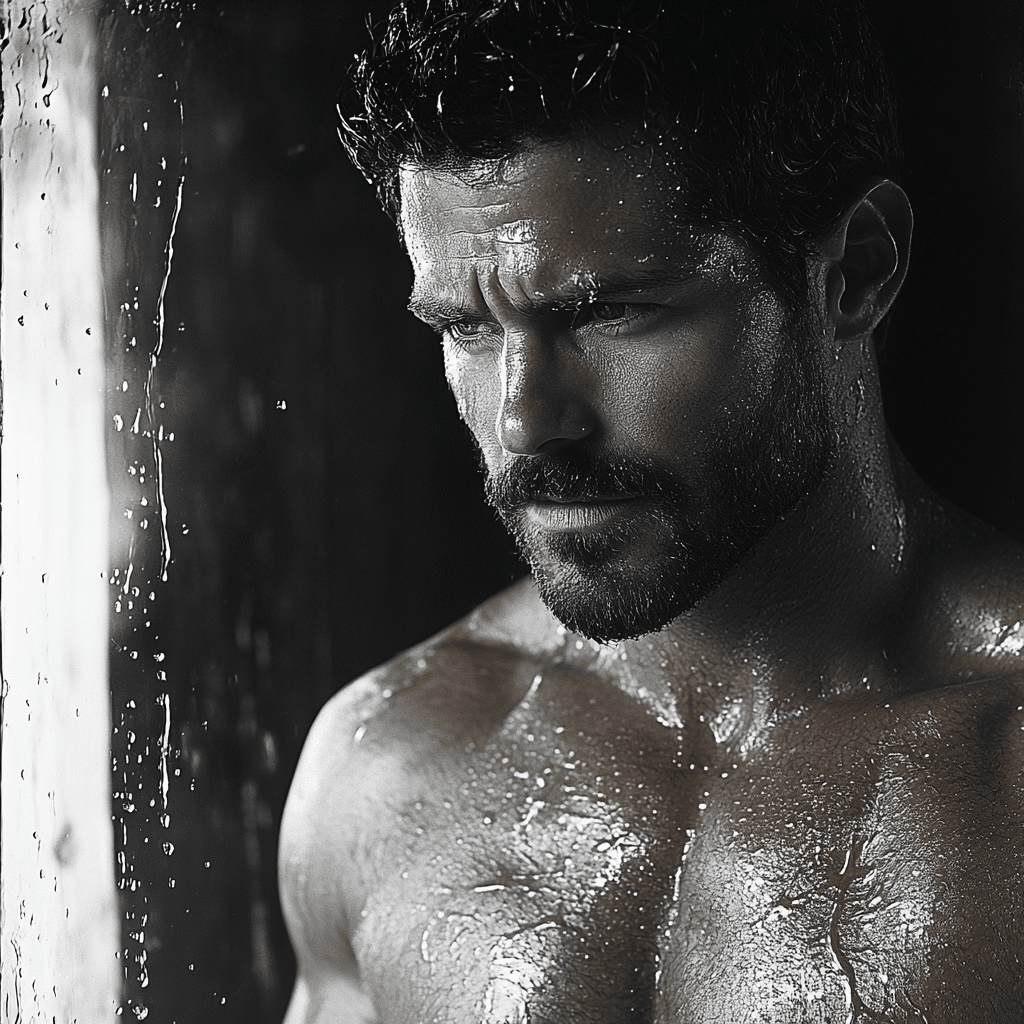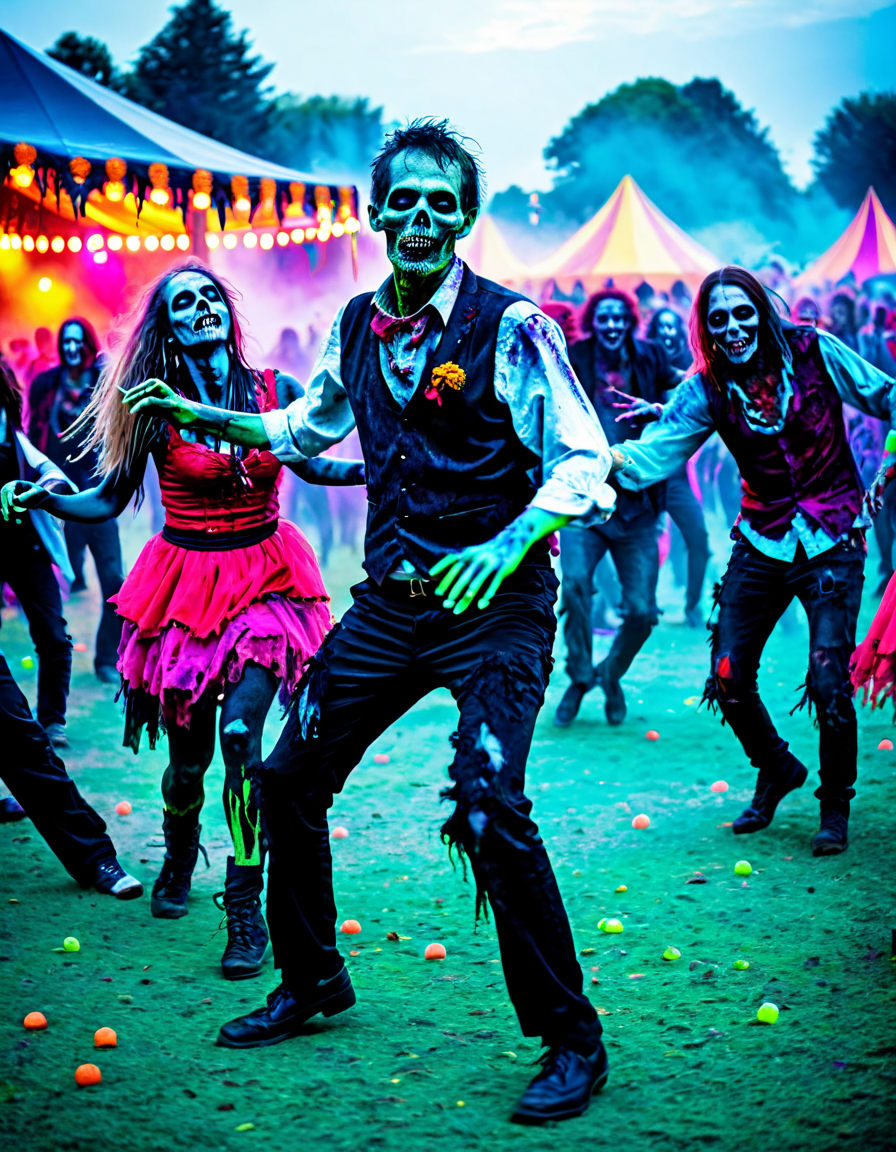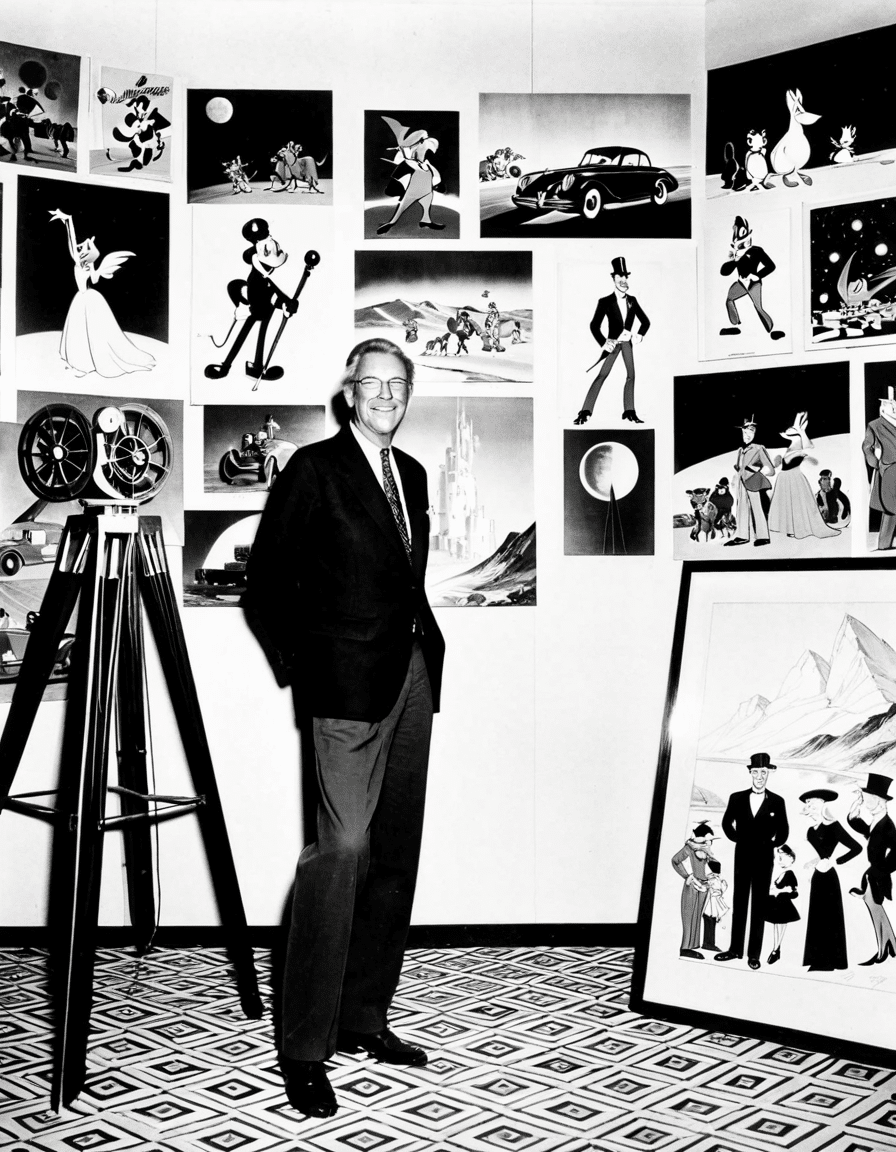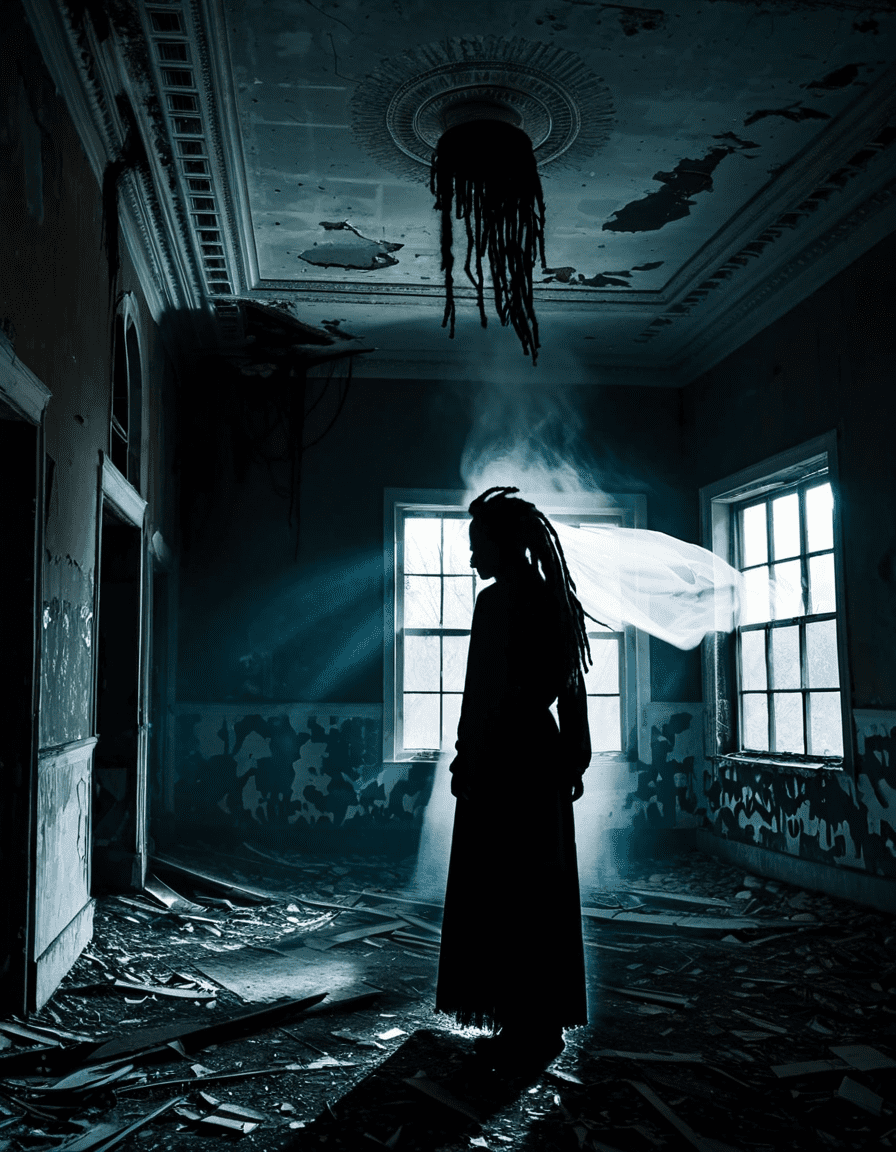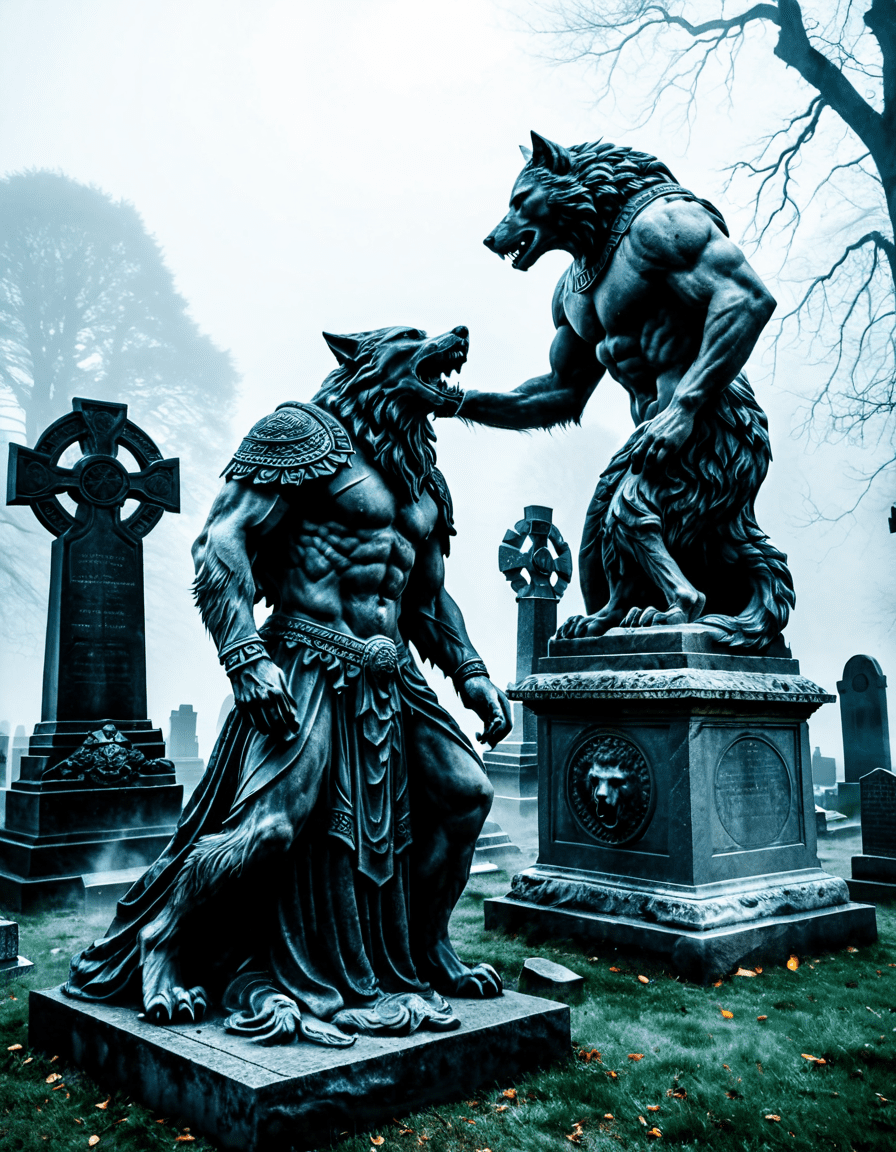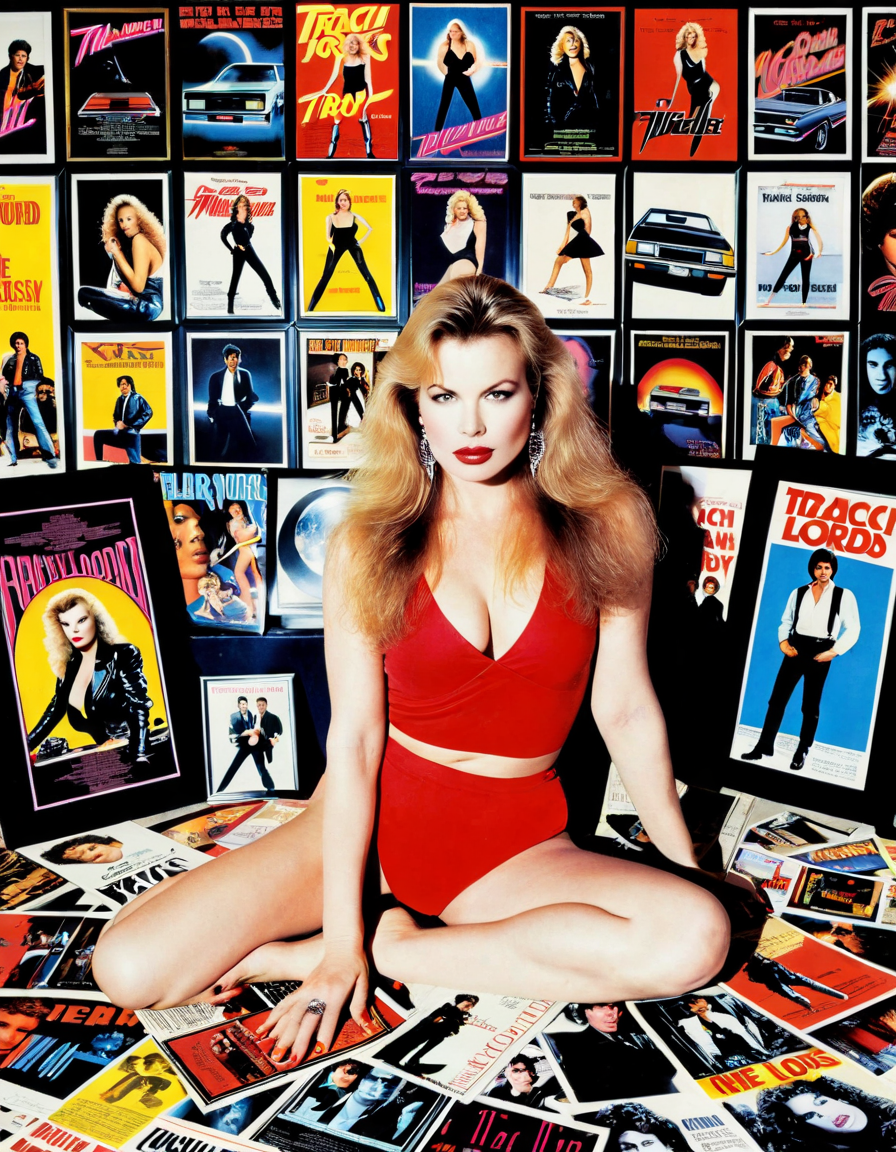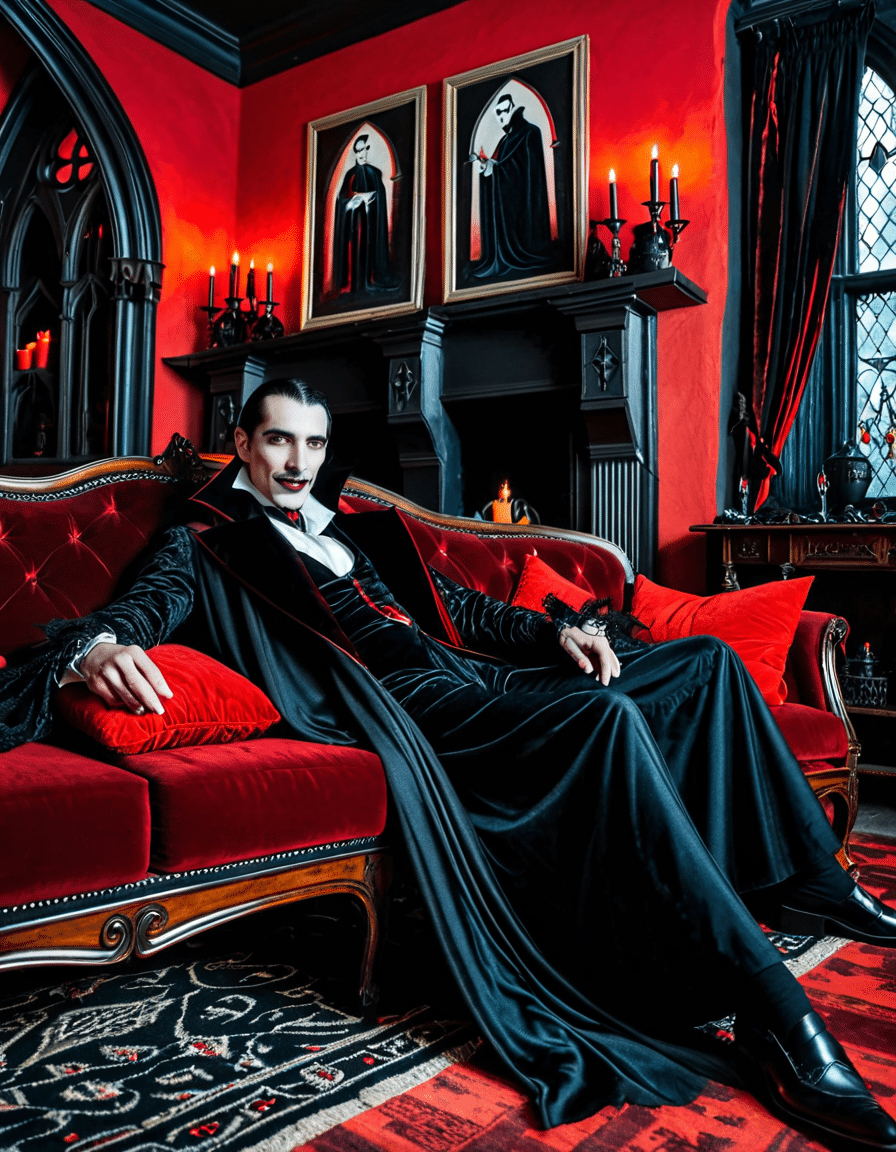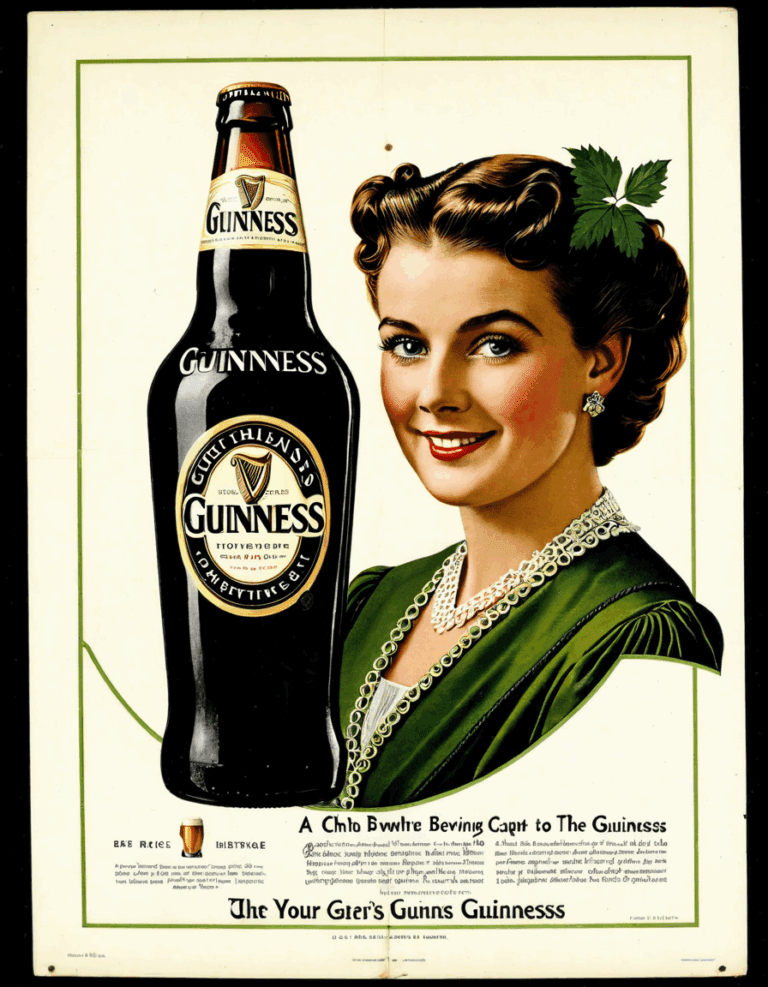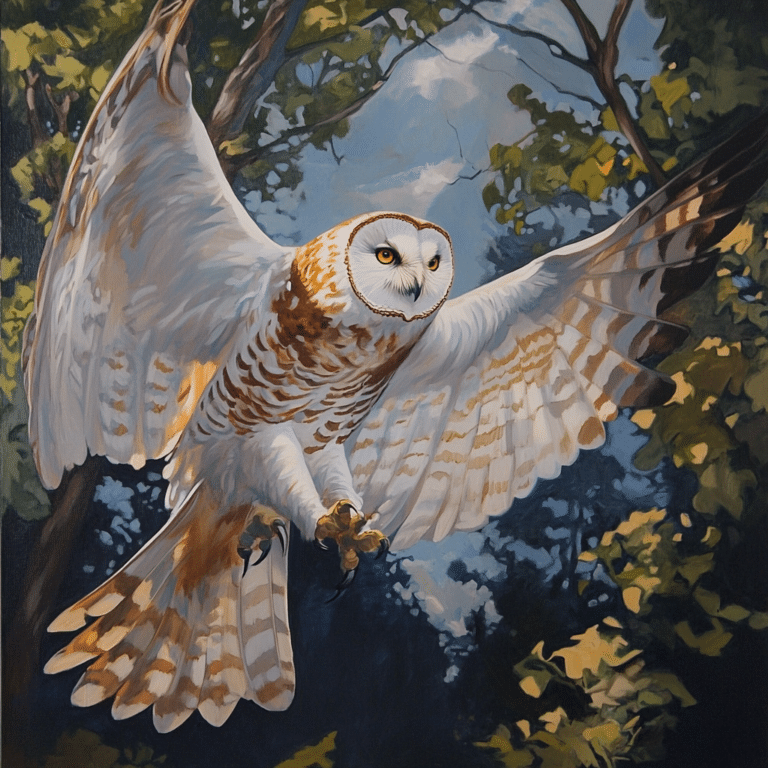D.W. Griffith isn’t just a name that floats around the history of film; he’s a giant whose innovations continue to echo through cinema today. Born in 1875, Griffith’s groundbreaking techniques solidified his legacy as one of the most crucial figures in the evolution of filmmaking. With an impressive knack for storytelling and technical prowess, Griffith transformed movies from simple entertainments into complex narratives that packed an emotional punch. So, saddle up, folks! We’re about to dive into the five key innovations by Griffith that shaped the film industry, and let me tell ya, they’re game-changers.

1. Five Key Innovations by Griffith that Shaped the Film Industry
Griffith’s genius is as clear as a bell when we take a closer look at his five monumental contributions.
Remember the first time you watched a movie that had multiple storylines? Griffith paved that road with “The Birth of a Nation” (1915). He didn’t just slap together a few plot points; he wove them into a captivating tapestry of character arcs that captivated audiences. This shift from single-reel flicks to feature-length films opened up a treasure chest of storytelling possibilities. Who knew cinema could tug at those heartstrings so skillfully?
Griffith was one of the first to wield the close-up shot like a painter with a brush. In “Intolerance” (1916), he used close-ups to thrust us straight into the emotions of his characters. By magnifying facial expressions, he created a profound connection between the audience and the characters. Other directors quickly caught on, and well, that’s how we came to admire all those tear-jerking moments in films today!
Ah, cross-cutting—the art of stitching multiple scenes together for dramatic flair. Griffith was the maestro of this technique! Whether it was through tension-filled scenes within “The Birth of a Nation” or the thrilling sequences in “Intolerance,” he knew how to juggle timelines and build suspense. Say goodbye to dull pacing; Griffith’s methods turned up the heat in dramatic storytelling, which, let’s be honest, makes every action film worth watching.
Griffith understood that lighting isn’t just about illuminating a scene; it’s about setting the mood. His work on “The Girl and Her Trust” (1912) showcased innovative lighting options that evoked emotions in ways that hadn’t been done before. This meant that every shadow and ray of light played a role in crafting the film’s narrative. Think of the mood lighting in your favorite drama—yep, it likely traces back to Griffith’s vision!
Let’s not forget how Griffith transformed acting styles! By emphasizing emotional expression, he pushed actors to dig deeper into their roles. This focus on body language, coupled with varied performances, gave characters more dimension. We see this influence in performances today—like those by rising stars like Shay Mitchell and veterans such as Allen Leech. Griffith laid the groundwork, and the industry hasn’t looked back since!

2. Exploring Griffith’s Influence Across Global Landscapes: From Aberdeen to Wrexham
Griffith’s ripple effect didn’t just wash up on American shores; it spread far and wide. From Aberdeen to Wrexham, filmmakers have embraced Griffith’s revolutionary techniques, transforming their local film industries in the process.

A Lasting Legacy of Griffith’s Vision
D.W. Griffith’s contributions to cinema extend like a vast web that captures filmmakers globally. His pioneering innovations are more than mere highlights of film history—they serve as a blueprint for those wishing to tell compelling stories today. Whether it’s navigating intricate character arcs or employing bold cinematic techniques, Griffith’s influence is deeply embedded in contemporary filmmaking.
As we fast-forward into 2026, Griffith’s vision remains as vibrant as ever. Filmmakers today continue to draw upon his techniques, weaving new narratives that resonate with audiences fresh from their couches. Just like Griffith pushed the cinematic boundaries in his heyday, today’s creators take on the challenge of not only honoring his legacy but expanding it. Whether you find yourself in the quiet lanes of Aberdeen or the bustling heart of Wrexham, Griffith’s footprints linger in the art of storytelling, a timeless reminder of a visionary who forever changed the landscape of cinema.
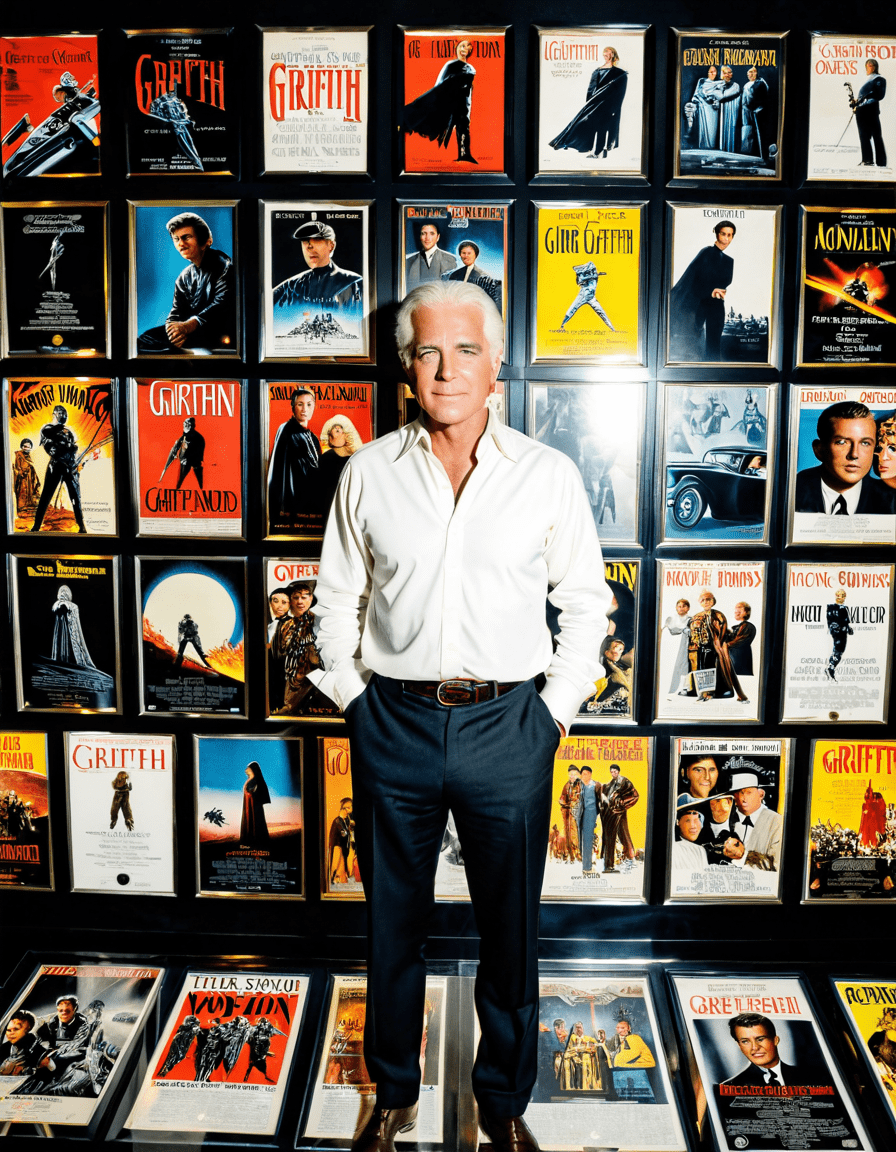
Griffith: The Visionary Behind Classic Cinema Magic

A Pioneer’s Mark on Film
D.W. Griffith, a name that echoes in the corridors of film history, transformed cinema with his innovative storytelling techniques. He was a true trailblazer in the early days of movies, and his most famous work, The Birth of a Nation, although controversial, showcased groundbreaking filmmaking techniques, such as the use of close-ups and parallel editing. These methods opened doors for future directors, allowing them to explore new narrative styles. Griffith’s influence can still be felt today, as filmmakers continue to draw inspiration from his creative visions, capturing the imagination of audiences worldwide. Notably, in a different yet captivating genre, Jamie Bell, the talented actor known for his remarkable performances, debuted in a film that pays homage to the artistic legacy of directors like Griffith.
Fun Facts That Will Amaze You
Did you know that Griffith’s initial foray into film came with the silent short The Adventures of Dollie in 1908? While many in Hollywood were focusing on slapstick comedies, Griffith was working on emotional storytelling, paving the way for the melodramatic films we see today. What’s more? Griffith was also a master at using innovative lighting techniques, which he harnessed to create mood and depth. His cinematic magic may remind some of techniques used in films starring Shay Mitchell or Jai Courtney, both of whom have demonstrated a flair for drama in their projects. If you ever wondered how magic happens on screen, think of Griffith – he was the magician pulling the strings.
Griffith’s Lasting Legacy
The impact of Griffith’s works on contemporary cinema is undeniable. His landmarks have been subject to academic critiques, discussions, and even inspired modern adaptations. Just like the headless horseman has become an iconic character in popular culture, Griffith’s influence lingers in the storytelling aspects of both independent and mainstream films today. As we delve into Griffith’s legacy, it’s evident that he was not just a filmmaker but a visionary whose innovative spirit resonates through the works of today’s creators, including gifted writers like Diablo Cody. As film enthusiasts continue to explore Griffith’s contributions, they unearth a treasure of cinematographic history that still has much to teach.


